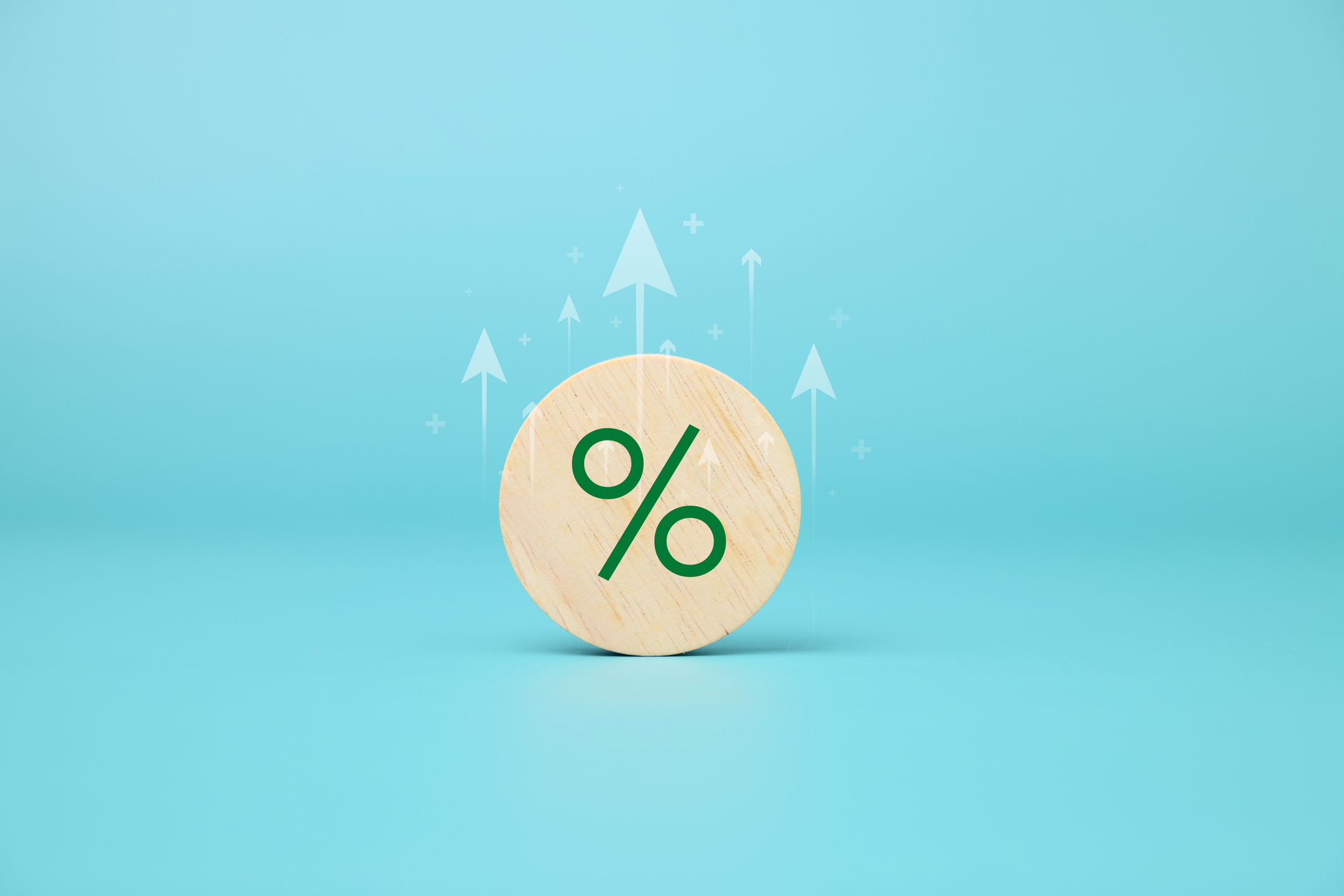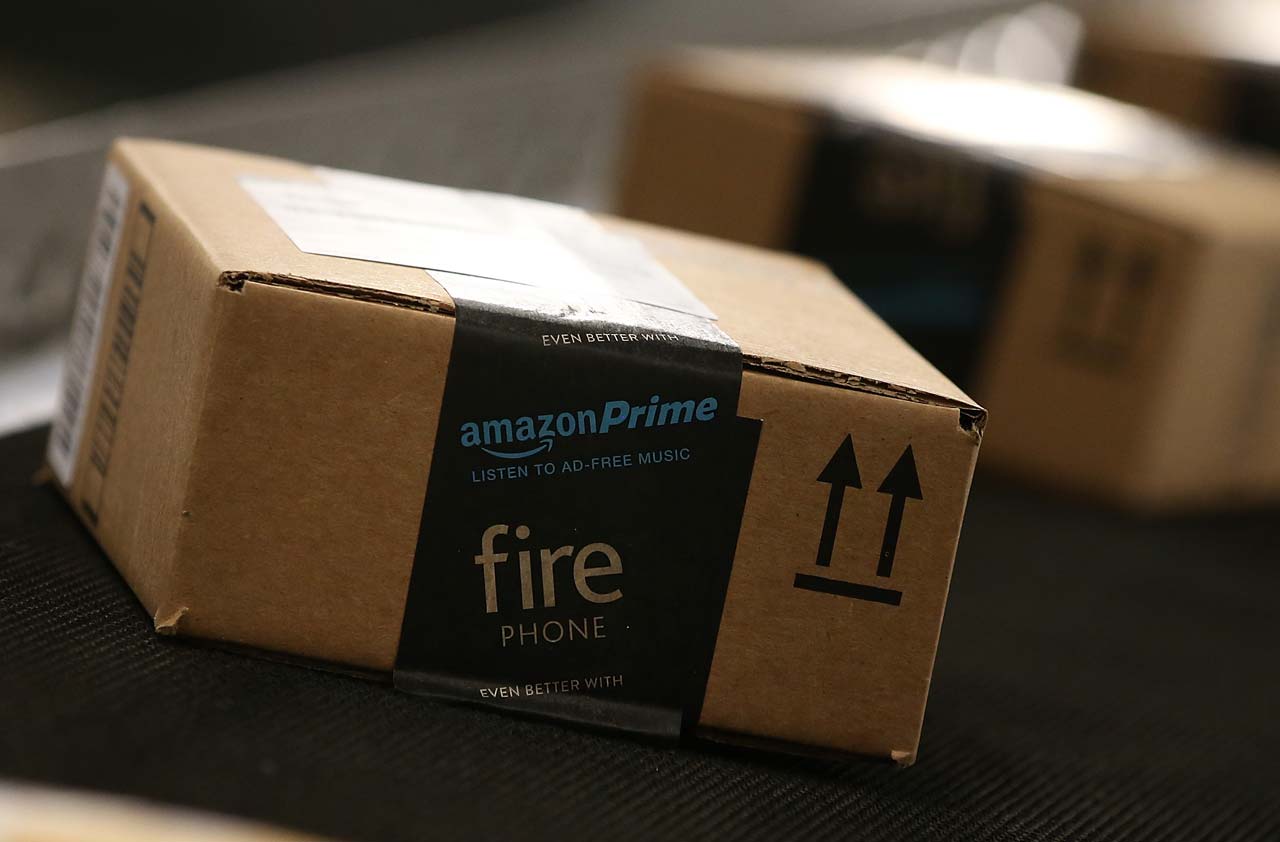What You Need to Know About Gifts of Love
Valentine shopping? Here's something to love: getting a sweet deal. We tell you how.
1. Wait too long and you'll pay too much. Flowers, jewelry and fragrances top the list of gifts bought at inflated prices every Valentine's Day, the largest retail holiday after Christmas. For instance, a dozen long-stemmed roses cost an average of $75 at the local florist last February 14, or about 30% more than the normal price of $58, according to a survey by the Society of American Florists. But buying overpriced roses and similar gifts doesn't necessarily make you a victim of marketing. "In nearly every society, people have exchanged impractical gifts for their symbolic worth," says James Twitchell, author of Adcult USA.
2. You don't have to overpay. If you order your roses online before the last week in January, you'll lock in everyday prices, says consumer advocate Edgar Dworsky. Plan to give perfume? Check the local price of L'Air du Temps by visiting shopping search engine ShopLocal.com and clicking on "Health & Beauty." Jewelry shoppers can go online to, say, BlueNile.com or visit warehouse retailer Costco and pay up to a third less than they would pay a jeweler for identical baubles.
| Row 0 - Cell 0 | See our Valentine's Day Slide Show |
| Row 1 - Cell 0 | Stop Fighting About Money |
| Row 2 - Cell 0 | Stocks to Love Forever |
3. Web gift sites won't buy you love. Think your husband is the man who has everything? Don't expect to find inspiration online. Sites such as Gifts.com, Surprise.com and RedEnvelope.com are far better at suggesting gifts for people you don't know well, such as business clients, than for your one-and-only. For instance, Gifts.com recently suggested a beer-on-demand machine or a personalized sports jersey for a male sports fanatic. Best advice: Ask him to put down the remote and tell you what he wants.

Sign up for Kiplinger’s Free E-Newsletters
Profit and prosper with the best of expert advice on investing, taxes, retirement, personal finance and more - straight to your e-mail.
Profit and prosper with the best of expert advice - straight to your e-mail.
4. You can buck the system. As you're buying online, a Web retailer may ask you for a promotional code. If so, try this trick: Open a new browser window or tab and use a search engine to type in the name of the retailer, the word code, and other terms such as promotional, discounts or coupon. You might just get links to related deals. For example, Matt Bell, who runs the advice site Financially-Speaking.com, recently searched online for a gift for his wife from Harry and David. A search for "Harry and David code promotion" led him to a 10%-off coupon from Visa that he could use at a local store -- which meant he could skip the shipping, too. An alternative strategy: Look for codes at Alexscoupons.com and DealCatcher.com.
5. It's not all child's play. In recent years, the bulk of Valentine's Day spending has shifted to consumers who are 45 to 54 years old, with middle-aged shoppers spending an average of $128 per person. But midlife romance isn't all about going out and spending money. If staying home and watching a movie is more your speed, Netflix's most requested romantic titles are, in order, The Notebook, Hitch and Must Love Dogs.
6. Fido really doesn't care. More than nine million pet owners are expected to buy gifts for their pets this Valentine's Day, including edible greeting cards from Crunchkins (about $4; www.crunchkins.com) and a matching set of pet and human jewelry made of Swarovski crystal (about $50; www.celltei.com). Now that's marketing.
Get Kiplinger Today newsletter — free
Profit and prosper with the best of Kiplinger's advice on investing, taxes, retirement, personal finance and much more. Delivered daily. Enter your email in the box and click Sign Me Up.
-
 Stock Market Today: Have We Seen the Bottom for Stocks?
Stock Market Today: Have We Seen the Bottom for Stocks?Solid first-quarter earnings suggest fundamentals remain solid, and recent price action is encouraging too.
By David Dittman
-
 Is the GOP Secretly Planning to Raise Taxes on the Rich?
Is the GOP Secretly Planning to Raise Taxes on the Rich?Tax Reform As high-stakes tax reform talks resume on Capitol Hill, questions are swirling about what Republicans and President Trump will do.
By Kelley R. Taylor
-
 Roth IRA Contribution Limits for 2025
Roth IRA Contribution Limits for 2025Roth IRAs Roth IRA contribution limits have gone up. Here's what you need to know.
By Jackie Stewart
-
 Four Tips for Renting Out Your Home on Airbnb
Four Tips for Renting Out Your Home on Airbnbreal estate Here's what you should know before listing your home on Airbnb.
By Miriam Cross
-
 Five Ways to a Cheap Last-Minute Vacation
Five Ways to a Cheap Last-Minute VacationTravel It is possible to pull off a cheap last-minute vacation. Here are some tips to make it happen.
By Vaishali Varu
-
 How to Figure Out How Much Life Insurance You Need
How to Figure Out How Much Life Insurance You Needinsurance Instead of relying on rules of thumb, you’re better off taking a systematic approach to figuring your life insurance needs.
By Kimberly Lankford
-
 Five Reasons You Shouldn't Shop on Amazon Prime Day
Five Reasons You Shouldn't Shop on Amazon Prime DaySmart Buying Think twice before getting lured into buying a bunch of stuff you don't need just because it's on sale.
By Andrea Browne Taylor
-
 Amazon Big Deal Days Is Coming! We’ve Got All the Details
Amazon Big Deal Days Is Coming! We’ve Got All the DetailsAmazon Prime To kick off the holiday season with a bang, Amazon Big Deal Days runs Tuesday, October 8 and Wednesday, October 9.
By Bob Niedt
-
 How to Shop for Life Insurance in 3 Easy Steps
How to Shop for Life Insurance in 3 Easy Stepsinsurance Shopping for life insurance? You may be able to estimate how much you need online, but that's just the start of your search.
By Kaitlin Pitsker
-
 Five Ways to Shop for a Low Mortgage Rate
Five Ways to Shop for a Low Mortgage RateBecoming a Homeowner Mortgage rates are high this year, but you can still find an affordable loan with these tips.
By Daniel Bortz